The near future of scientific poster presentations
I want to encourage you to be not only on the leading edge with your science, but also be leading edge with your communication.
How can you do that? By allowing the form to follow function. What do I mean? Read on!
The basic rule for any design is “form follows function.” If an object has to perform a certain function, its design must support that function to the fullest extent possible.
So in terms of poster presentations what exactly is the function of poster presentations? I think most would agree, when you are the creator of the poster, you are most interested in valuable feedback and detailed discussion of the science—you want constructive interaction with others to help you improve the work and take the science to the next level. In short your aims are feedback and professional networking. From the point of view of a poster viewer, you are usually most interested in understanding what others in similar areas (and perhaps not so similar areas) are doing in hopes of shedding new perspectives on your own work.
So this begs the question, is a traditional poster presentation the best means to achieve these goals?
I know many people would say, yes, poster presentation sessions do create the opportunity for interaction. Viewers can not only ask questions but also share ideas and experiences; much more so than oral presentation and therefore posters are wanted and needed in science. In fact, some might argue that for preliminary work, the poster presentation is perhaps the most favorable format.
However, I do not believe that traditional poster sessions, alone, are the best approach, that is not anymore. We are all familiar with the drawbacks of poster sessions, particularly crowded long sessions with hundreds if not thousands of posters. How does one effectively sort through choosing the “right” posters and ensure the presenter is available and keenly alert for conversation when, you, the viewer are ready for that conversation; not to mention the strain of information overload in the conference setting. Wouldn’t it be better to be able to hear directly from the scientists at your convenience? Perhaps before the conference, during the conference, during the poster session, and any time after? Wouldn’t it great to be able to electronically search not only the abstracts (like a few conferences now provide) but also to have the ability to search either on key words or more importantly the actual words delivered by the scientists themselves when describing the posters? Wouldn’t it be great if you could walk up to a poster or view a poster on line and hear the verbal description directly from the researcher, weather or not he was actually physically present or not?
My vision may take some time to unfold in the world of science (I originally wrote this article in September of 2006 – see note below), but I am confidant that “poster presentations” will look and feel a lot different in the very near future and will be better able to meet the goals of both the creator and the viewer.
So what exactly do I have in mind?
Before I share the details, I want to draw attention to the fact that there is revolution going on—a media revolution. In this new era, consumers of content want the ability to easily seek out content and consume it when and how they want it. This combined with the use of time-shifting technology (think TIVO) and the trend of individuals producing content at broadcast quality (think podcasts and vlogs) at little or no cost is having profound effects on everyone, including the world of science.
It’s already happening. Many prestigious scientific journals, including New England Journal of Medicine and Nature have podcasts available for download and blogs for interactive discussion and comment.
Companies (ePosters, rnai, etc.) are starting to offer electronic galleries of posters with both public and restricted access. Other scientific professionals are creating “wiki-like” (peer-reviewed in some cases) sites to providing a collaborative environment that maintains the rigor of science but most importantly brings the science to their colleagues “faster” than the traditional routes (See Useful Chemistry – to learn more about open notebook science see the Scholar2Scholar Friday April 18, 2008 post).
Why did I point all that out? Because poster presentations will be influenced by this “revolution” and we will be seeing changes soon.
Exactly how am I envisioning the use of these latest technologies specifically for “poster presentations”?
Let’s start with the initial development and refinement of the poster. Participants in my poster presentation workshop (and my public speaking workshop) use an electronic collaborative blog site for posting content and receiving feedback (both video and text). This provides a unique platform for candid, time-shifted, detailed review. For sure, using this electronic review process clearly facilitates and improves the interaction itself resulting in an improvement in the overall design and content of your poster (or presentation). I would encourage everyone to do the same thing by posting your poster drafts to a private blog and asking for feedback. You could post not only the poster itself in PDF form. An alternative, is to convert the poster image to a .jpg image and post to flickr (or other photo sharing site) and ask for feedback there.
Once you have taken advantage of today’s technology to create a well-designed, visually appealing, effective poster the next step is to develop and practice delivering your key messages. In addition to posting the PDF of the poster itself, you will also want to post audio and/or video recordings of you presenting the work.
You will want to capture and deliver these messages via a “poster podcast” (audio or audio/video downloadable content ). Why? Because a poster podcast provides a low or no cost route of additional communication allowing for time-shifted review, interactivity and searchable content. Besides it simply is easier and more interesting to hear scientific information in interview format (think NPR’s Science Friday or CBS’s Quirks & Quarks).
To get an idea of what I have in mind, listen to the following two podcasts.
The first podcast while interesting for a general audience, may be a bit too simplistic for an advanced scientific audience.
For the second example, I created this podcast with a poster presentation workshop participant! (Thanks Debra!) The workshop helps participants to first develop and then deliver concise, clear, effective messages via “posters”. This is what is typically done in science today, but I wanted to take poster presentation to the natural next level.
So, after the in-person portion of this workshop, I worked one-on-one with a few people. I asked a few basic questions, that, in essence, weaved together their practiced messages into a 3 minute story about the work. I wanted to show, by example, how effective a podcast poster can be and also how easy it is (using low to no cost technology) to create a “poster podcast”.
Debra’s Poster Presentation
(To listen to the podcast, click on the link below then once you are on the page click on one of the streaming links on the left to listen, or download the MP3 from the Other Files section of the page).
Ok, I know, I know…Debra’s portion is pretty good, but my questions were lame; generic and not well thought through. However, rest assured, with more time, more interesting and appropriate questions could be asked. I just wanted to create a quick sample so that you had a better idea of what I was referring to. Notice you can include other files like the PDF of the poster as well as perhaps the full text of the paper and perhaps a copy of your CV. Notice the comments section that could be used to encourage feedback and discussion. Of course, you could embed this on your website and protect with password if necessary until the work can be published publicly.
So how do I envision that these podcasts will be used at an actual conference? Stay tuned…I’ll be writing more about that tomorrow! This is where we’ll put to good use existing technologies that truly will take “poster presentations” to the next level. In addition, I’ll hope to convince you podcasts and my vision will be the standard operating procedure in the very near future and you need to start learning how to become a leading edge communicator using these technologies.
Special Note: I originally wrote this article in September of 2006 and I don’t think scientists were quite ready for my message at the time. However, l am also old enough to remember when I first told scientists that they would one day be using PowerPoint and I was also “poo-pooed” then too! Today, however, I think the younger generation of scientists not only recognize the importance of “on-demand” communication but will demand it. It is time to take these ideas seriously and begin creating your poster podcasts.
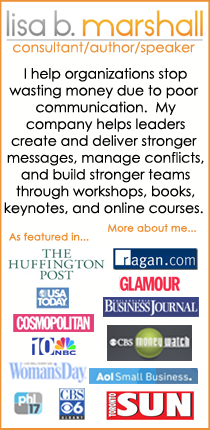




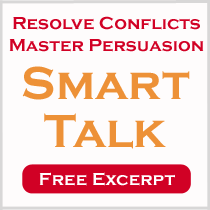
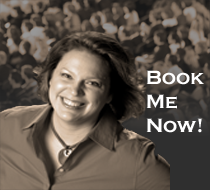
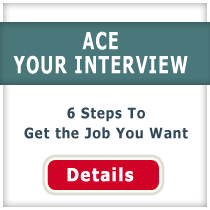
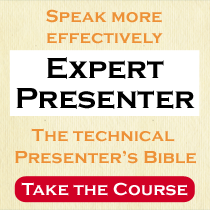


There are 2 comments .